Industrial tanks are fundamental components across almost every manufacturing and processing industry. They are essentially large containers designed to store, process, or mix a vast array of materials, from raw ingredients and finished products to chemicals, fuels, and waste. The design, material, and type of industrial tank are meticulously chosen based on the properties of the substance they will contain, operating conditions (temperature, pressure), safety requirements, and environmental regulations.
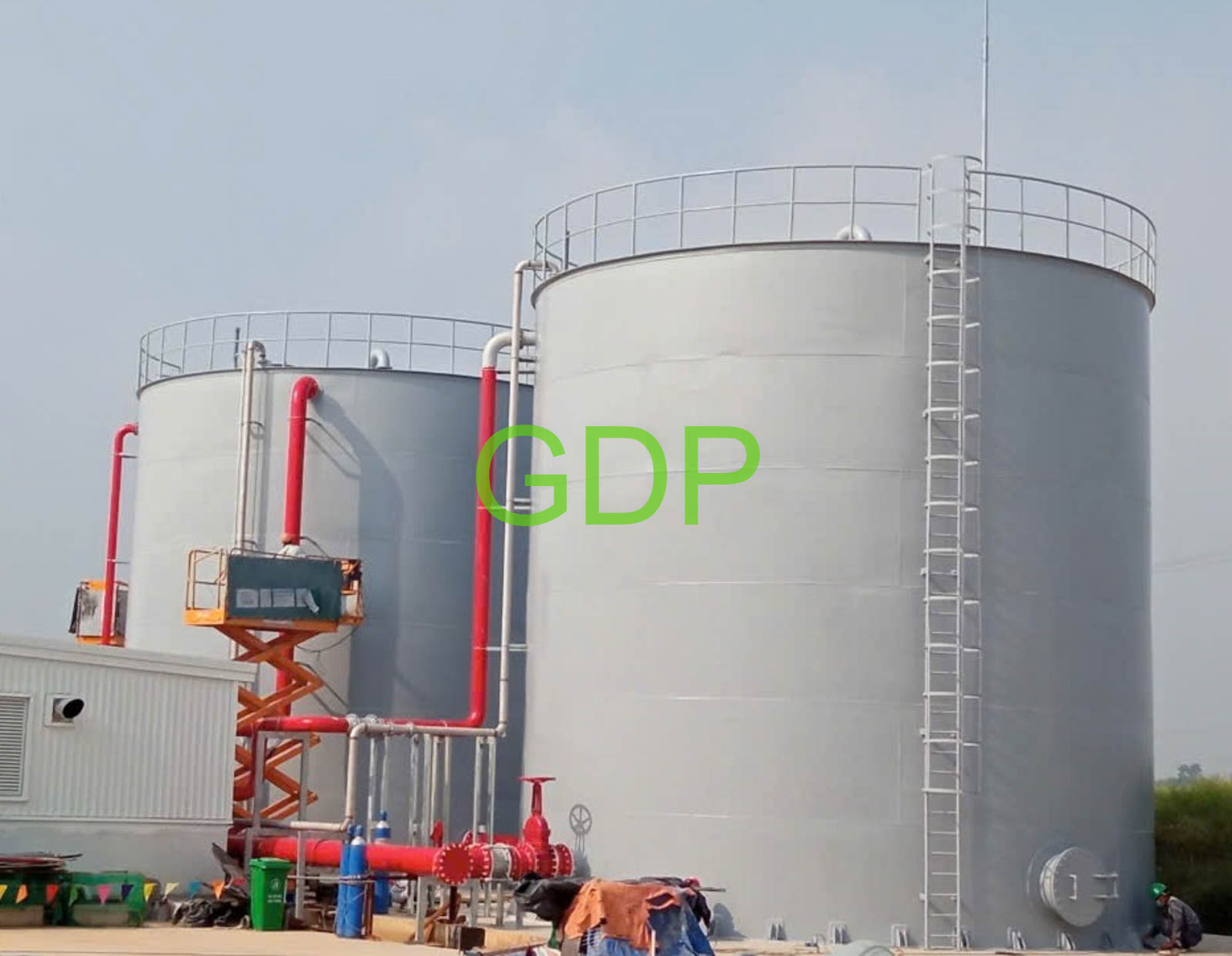
Given that we are discussing the context of Hanoi, Hung Yen, Vietnam, the specifics of material availability, regulatory compliance, and local industrial needs become particularly relevant.
Common Types of Industrial Tanks:
Industrial tanks come in numerous configurations, each suited for specific applications:
- Storage Tanks:
- Fixed Roof Tanks (Cone Roof, Dome Roof): Simplest and most common, used for liquids with low volatility (e.g., water, fuel oil, some chemicals) at atmospheric pressure. Cone roofs are conical, dome roofs are spherical.
- Floating Roof Tanks (Internal Floating Roof – IFRT, External Floating Roof – EFRT): Designed for volatile liquids (e.g., gasoline, crude oil) to minimize evaporation losses and reduce emissions. The roof floats directly on the liquid surface, rising and falling with the level. IFRTs have an additional fixed roof for weather protection.
- Spherical Tanks (Spheroids): Spherical shape evenly distributes stress, making them ideal for storing gases and liquids under high pressure (e.g., LNG, LPG, ammonia).
- Bullet Tanks: Horizontal cylindrical tanks with rounded ends, typically used for high-pressure storage of liquefied gases like propane, butane.
- Cryogenic Tanks: Specialized, highly insulated tanks for storing liquefied gases at extremely low temperatures (e.g., LNG, liquid oxygen, liquid nitrogen).
- Hopper Tanks/Silos: Conical bottoms (hoppers) or tall cylindrical shapes (silos) designed for storing and dispensing bulk dry materials like grains, cement, powders, plastics pellets.
- Aboveground Storage Tanks (ASTs) vs. Underground Storage Tanks (USTs): Refers to their installation location. ASTs are easier to inspect and maintain; USTs save space and offer protection from surface hazards but are harder to monitor for leaks.
- Process Tanks:
- Mixing/Blending Tanks: Equipped with agitators or stirrers to blend multiple ingredients or maintain homogeneity. Used extensively in food, chemical, pharmaceutical, and cosmetic industries.
- Reactor Tanks: Designed to facilitate chemical reactions, often with heating/cooling jackets, internal coils, or specialized mixing capabilities.
- Settling/Separation Tanks: Allow mixtures to separate into their components by gravity (e.g., oil-water separators, clarifiers in wastewater treatment).
- Heat Exchange Tanks: Equipped with internal coils or external jackets for heating or cooling the contents.
- Vacuum Tanks: Designed to operate under vacuum conditions, often for sensitive liquids or gases that need an oxygen-free environment.
- Pressure Vessels: A broad category, including tanks designed to hold gases or liquids at pressures significantly different from ambient pressure. These require strict adherence to codes like ASME Boiler and Pressure Vessel Code.
Common Materials for Industrial Tanks:
The choice of material is paramount and depends on the substance stored, temperature, pressure, corrosion potential, and cost.
- Carbon Steel: Most common due to its strength, durability, and relatively low cost. Used for water, fuel oils, some chemicals. Susceptible to corrosion if not properly coated or lined.
- Stainless Steel: Excellent corrosion resistance, hygienic, and easy to clean. Ideal for food & beverage, pharmaceutical, chemical, and wastewater applications. Various grades (e.g., 304, 316) are chosen based on specific chemical compatibility.
- Fiberglass Reinforced Plastic (FRP): Lightweight, excellent corrosion resistance to a wide range of chemicals (acids, alkalis). Often used for water, wastewater, and corrosive chemicals where steel would rapidly degrade. Limited in size capacity and can be susceptible to UV degradation over long periods.
- High-Density Polyethylene (HDPE) / Polypropylene (PP): Plastic tanks, typically for smaller volumes or specific corrosive chemicals. Cost-effective and highly resistant to many acids and bases.
- Concrete: Durable and resistant to many substances. Primarily used for large-scale water storage (reservoirs, wastewater) and sometimes for certain chemicals or bulk solids. Can be prone to cracking if not designed and constructed properly.
- Specialty Alloys: For extreme conditions (high temperature, aggressive corrosion, high pressure), alloys like Hastelloy, Inconel, or Titanium may be used, though at a much higher cost.
Manufacturing Processes:
Industrial tank manufacturing typically involves:
- Design & Engineering: Based on client requirements, substance properties, and industry codes (e.g., API 650/620 for atmospheric/low-pressure storage tanks, ASME Section VIII for pressure vessels).
- Material Sourcing & Preparation: Plates, sheets, and components are cut, rolled, and pre-welded.
- Fabrication:
- Plate-by-Plate Method: Individual plates are formed, welded together, and then assembled on-site, particularly for very large tanks.
- Coiling Method: Steel sheets are pre-welded into long strip panels off-site, coiled up, transported, and then uncoiled and welded on-site, reducing on-site welding.
- Shop Fabrication: Smaller tanks and pressure vessels are entirely fabricated in a workshop and then transported as complete units.
- Welding: Critical for tank integrity, often using automated welding processes to ensure high quality.
- Non-Destructive Testing (NDT): Techniques like X-ray, ultrasonic testing, magnetic particle inspection, and dye penetrant testing are used to check weld integrity and detect flaws.
- Hydrostatic Testing: The tank is filled with water and pressurized to a specified level to check for leaks and structural integrity.
- Surface Treatment/Coating: Internal linings (e.g., epoxy, rubber) or external coatings (e.g., paint, insulation) are applied for corrosion protection, temperature control, or aesthetic purposes.
- Installation: Transported to the site (sometimes in sections for larger tanks) and assembled, installed, and connected to piping and instrumentation.
Regulations in Vietnam (Hanoi, Hung Yen Context):
Vietnam has stringent regulations governing the design, manufacture, installation, and operation of industrial tanks, especially those storing hazardous substances or operating under pressure. Key regulatory bodies and frameworks include:
- Ministry of Labor, Invalids and Social Affairs (MOLISA): Oversees safety regulations for industrial equipment, including pressure vessels and boilers. Regular inspection and certification are mandatory.
- Ministry of Industry and Trade (MOIT): Regulates the storage and handling of dangerous goods, including fuel and chemicals. For instance, Circular No. 32/2020/TT-BCT outlines National Technical Regulation QCVN 8:2020/BCT on Safety of Liquefied Petroleum Gas (LPG) Containers, specifying requirements for design, manufacturing, installation (including safe distances), electrical safety, fire prevention, operation, and maintenance.
- Ministry of Natural Resources and Environment (MONRE): Enforces environmental protection laws (Law on Environmental Protection 2020 and its guiding decrees/circulars) which cover aspects like spill prevention, waste management from tank cleaning, and emissions from storage (e.g., VOCs from fuel tanks).
- National Technical Regulations (QCVN): Vietnam issues specific QCVN for various types of hazardous chemicals and materials, including their storage. For instance, QCVN 01:2020/BCT for Petroleum, QCVN 02:2020/BCT for LPG, and others for hazardous chemicals. These regulations define safe distances, fire fighting requirements, and environmental protection measures.
- Local Authorities: Provincial (e.g., Hung Yen Provincial People’s Committee) and city (e.g., Hanoi City People’s Committee) authorities will enforce national regulations and may issue additional local guidelines, especially concerning land use, safety zones around industrial facilities, and fire prevention.
- International Standards: While Vietnam has its own regulations, international standards (e.g., API for oil/gas tanks, ASME for pressure vessels, EN standards) are often referenced or adopted by manufacturers and engineering firms to ensure high quality and safety, particularly for tanks supplied by international vendors or for facilities seeking international certification.
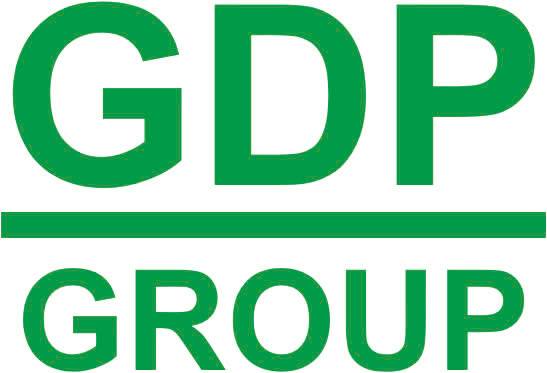
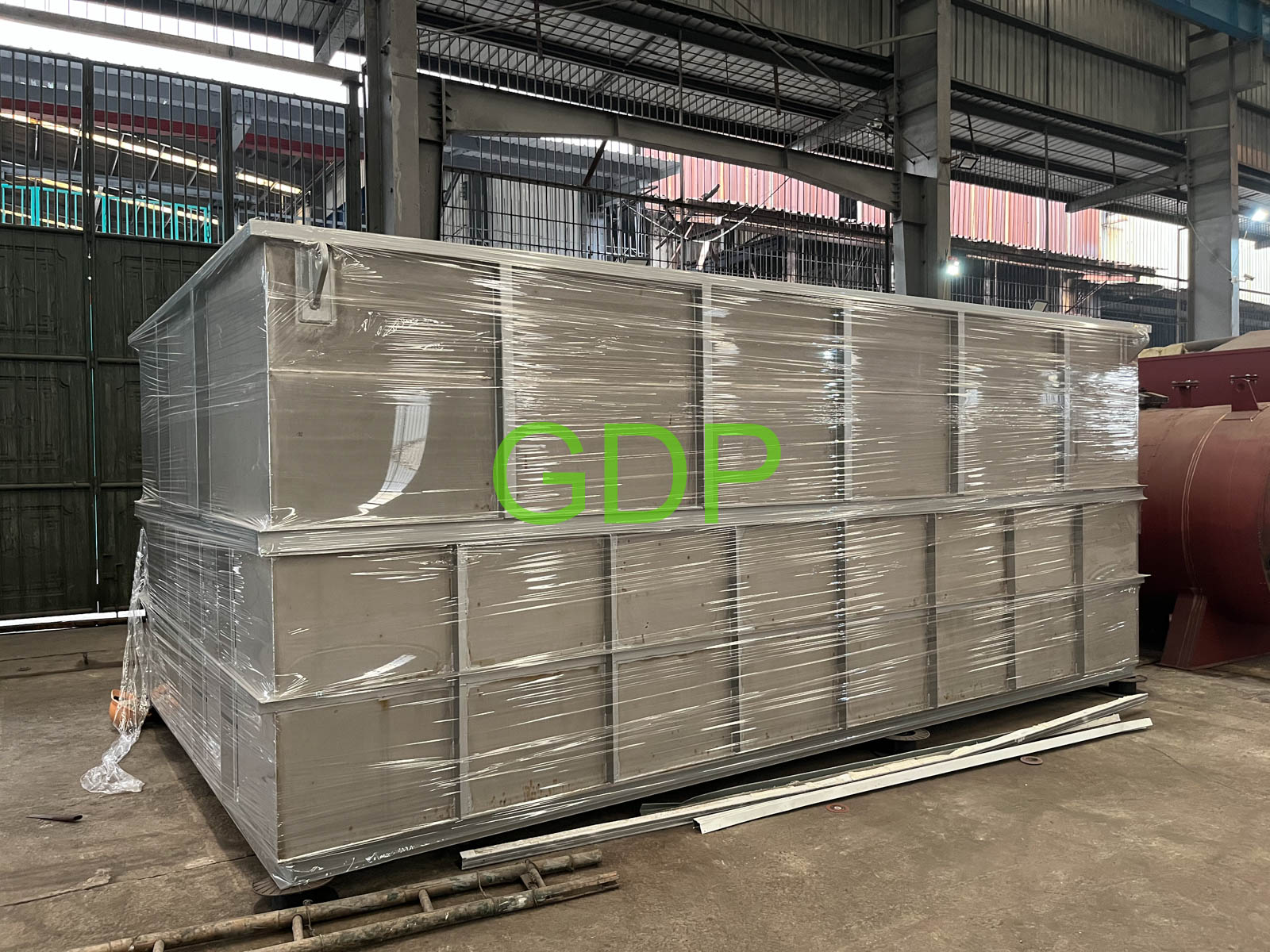
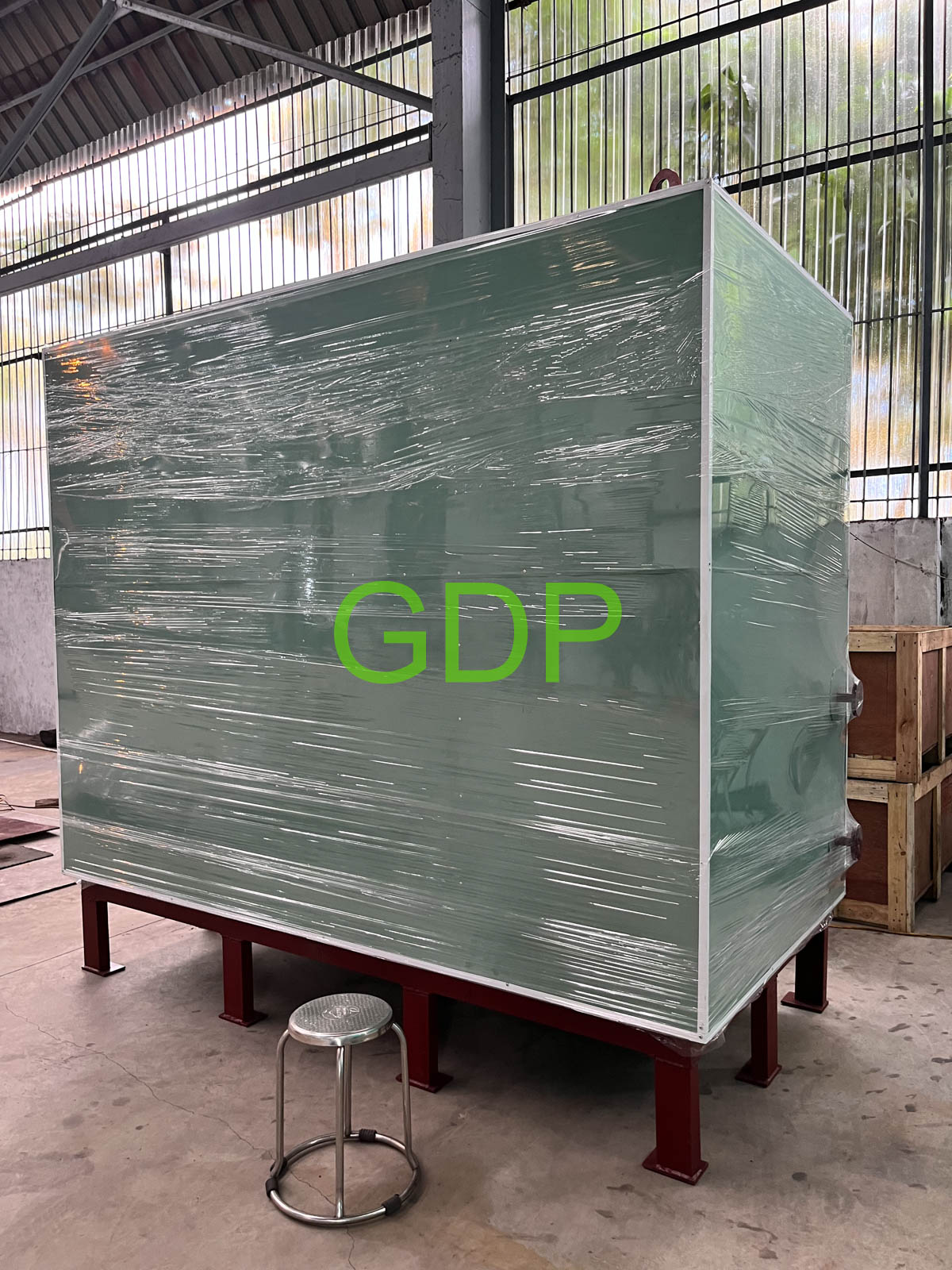
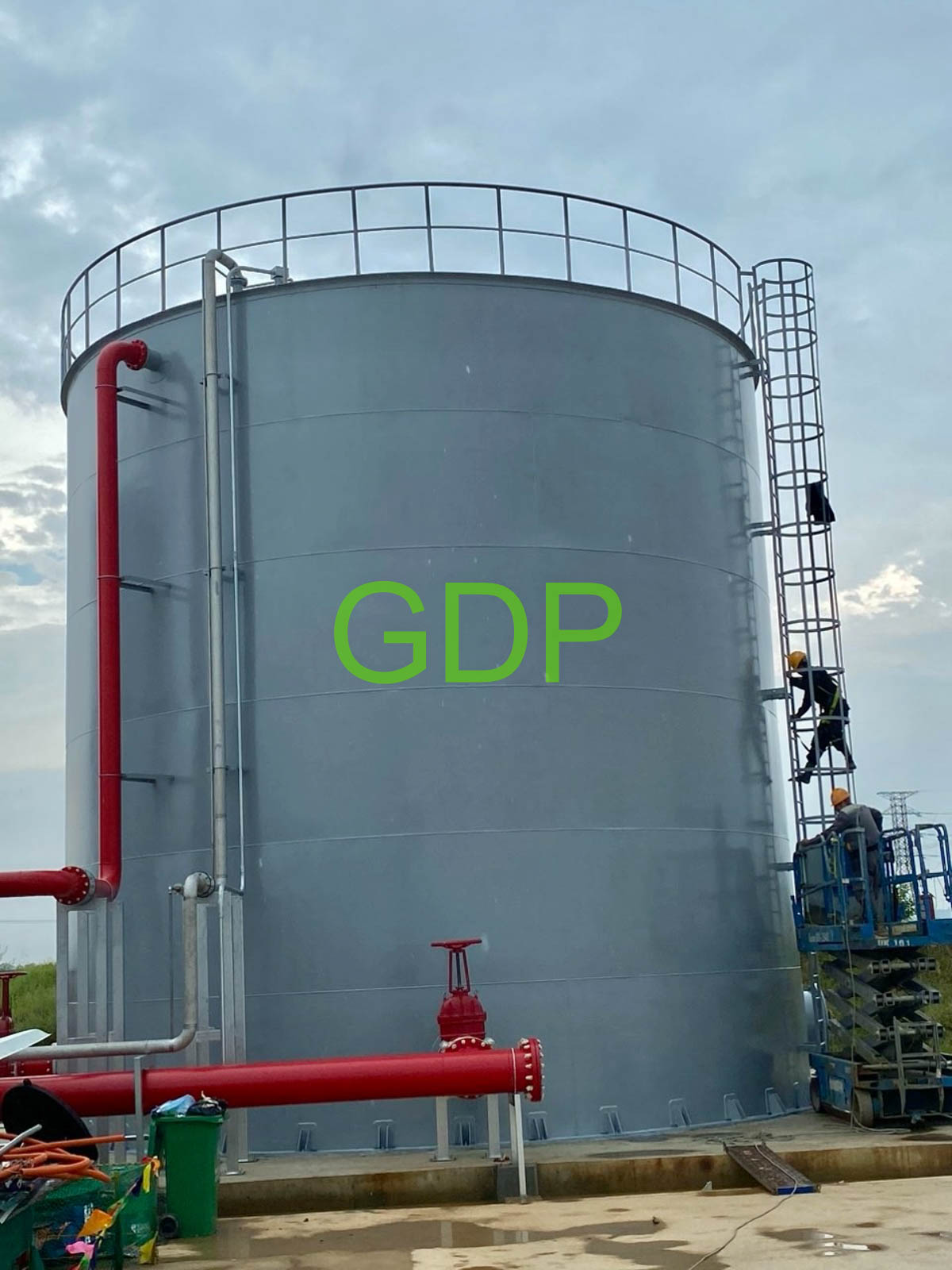
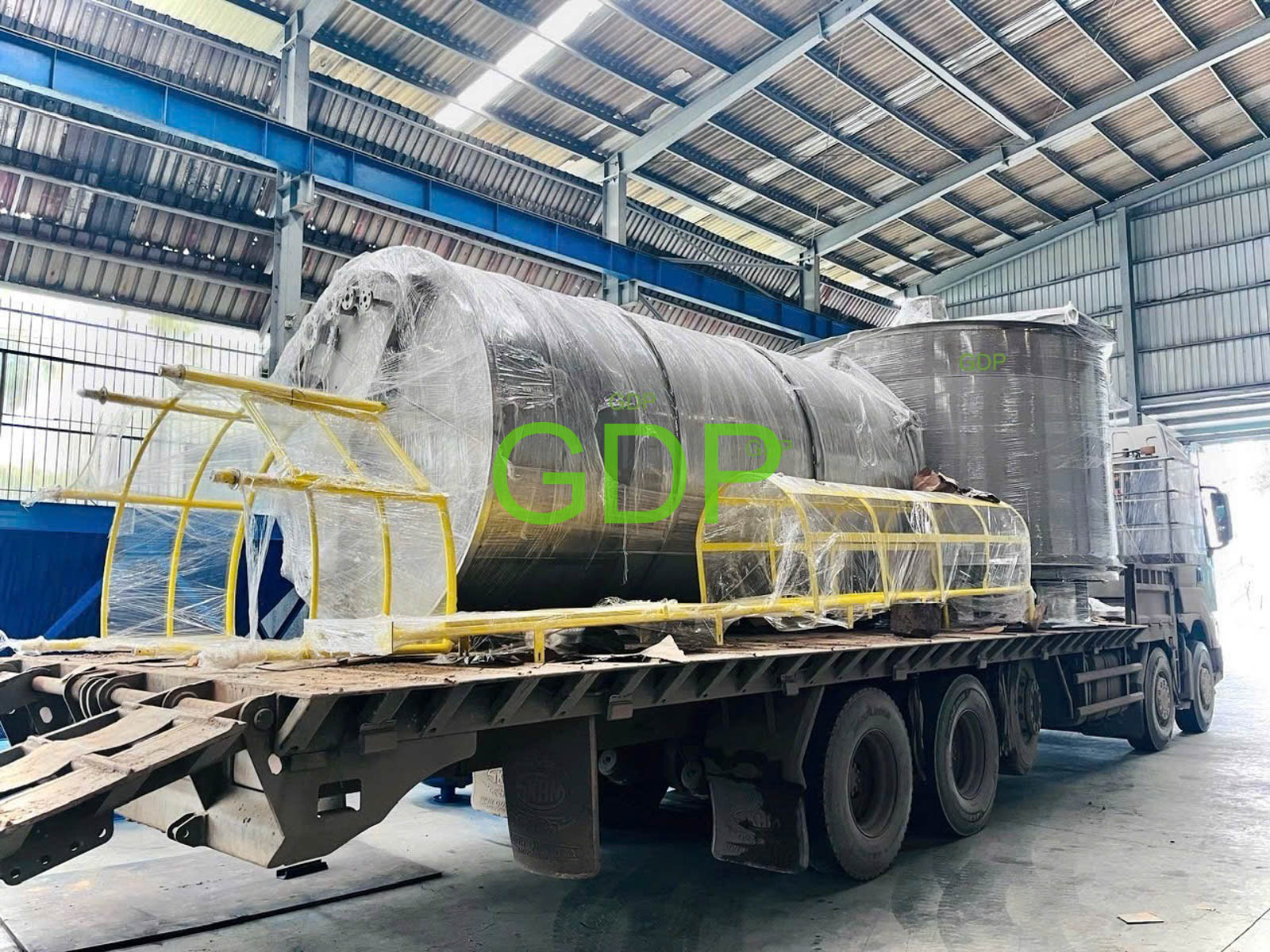
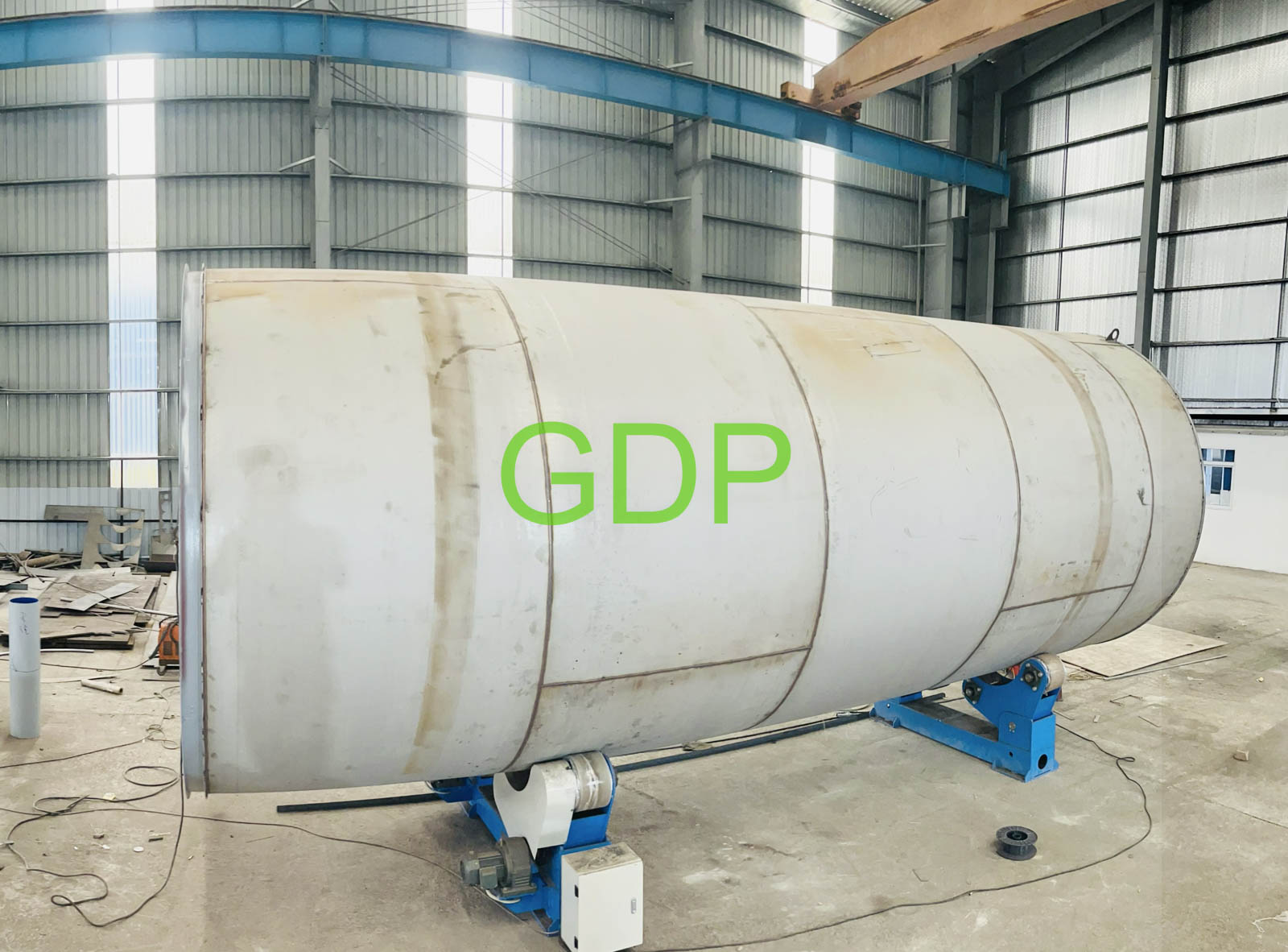
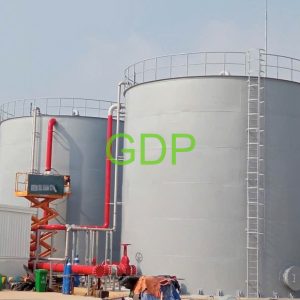
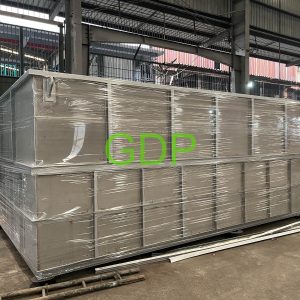
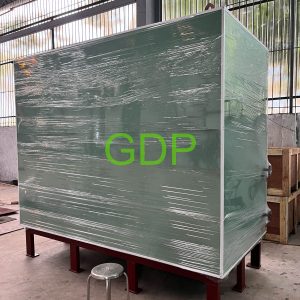
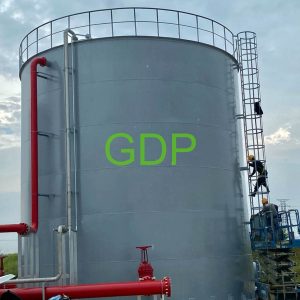
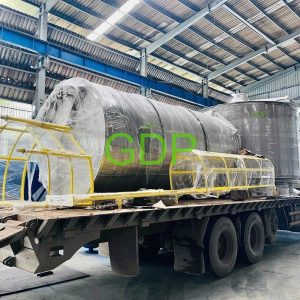
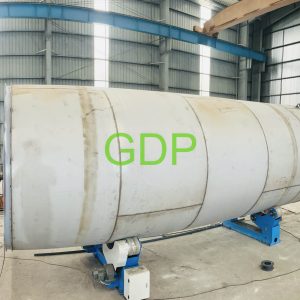
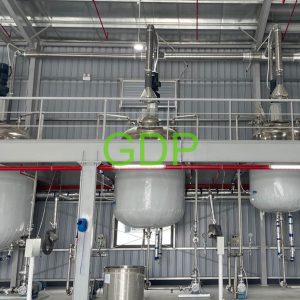
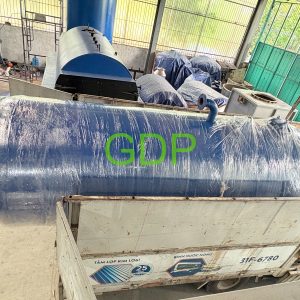
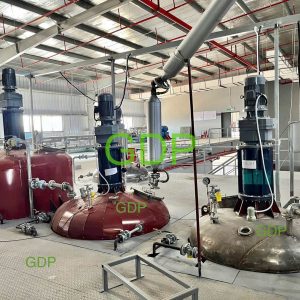




Đặt câu hỏi